Olympic Sculpture Park of the Seattle Art Museum
Introduction
Text-to-speech Audio
Images
Olympic Sculpture Park (image from Weiss/Manfredi Architectural Firm)
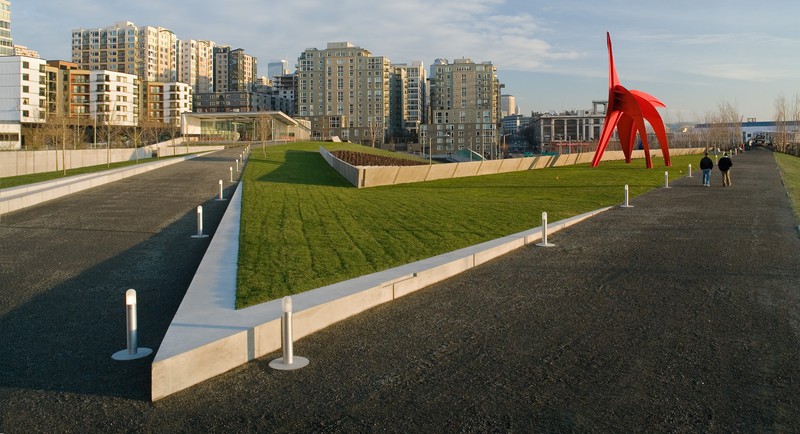
Another view of the park (image from Weiss/Manfredi Architectural Firm)
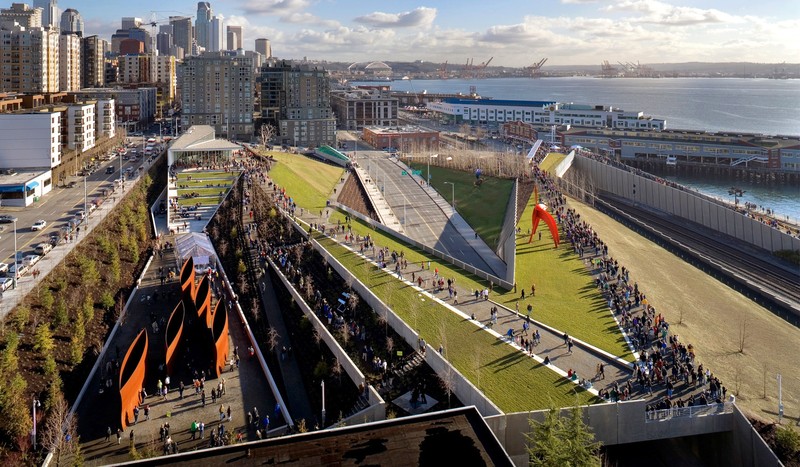
Inside the Peccar Pavilion (image from Weiss/Manfredi Architectural Firm)
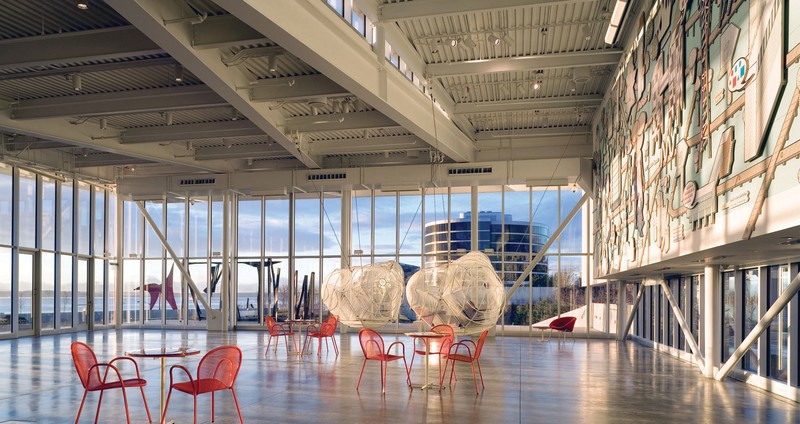
Perre’s Ventaglio III, 1967, by Beverly Pepper (image from Olympic Sculpture Park on Tumblr)
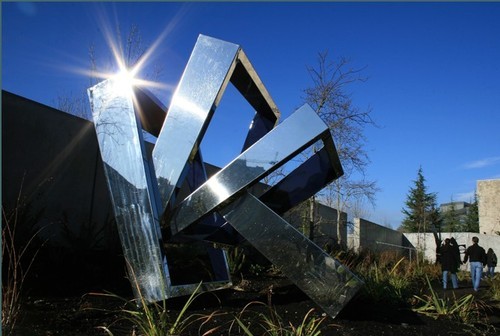
Father and Son, 2004–2006, by Louise Bourgeois (image from Trip Advisor)
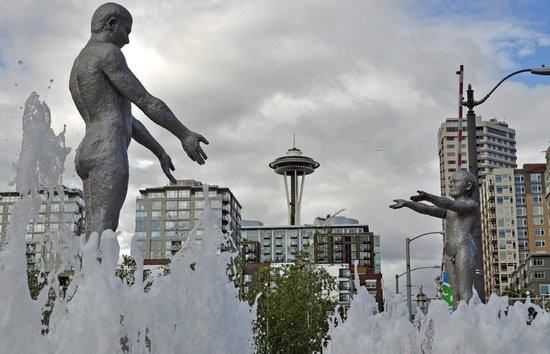
Echo, 2011, by Jaume Plensa (image from Trip Advisor)
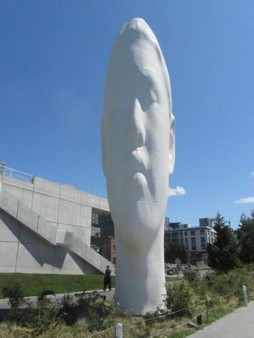
Backstory and Context
Text-to-speech Audio
History, Design, and Artworks
The land where the Olympic Sculpture Park now stands was used from 1910 until the 1990s as a fuel storage and transfer facility by Union Oil Company of California (UNOCAL), resulting in the saturation of the soil and groundwater with petroleum contaminants. UNOCAL and the Washington Department of Ecology, in the 1990s, removed 120,000 tons of polluted soil and installed a groundwater recovery system to clean up the site [3]. In 1998, this land was the last undeveloped property in Seattle's downtown, and was zoned for hotel and condominium developments. Instead, it was purchased in a joint effort by the Trust for Public Land and the Seattle Art Museum as a showcase park for art and conservation in the dense Belltown neighborhood. With the support of state legislators, Washington's Wildlife and Recreation Program, and private donors, the site was purchased, brought up to environmental standards, designed, and built in the time between 1999 and 2007, when the park opened [4]. Environmental goals achieved by the park's development include "brownfield redevelopment, creation of a salmon habitat, extensive use of native plantings, and the capture and use of on-site rainwater," [3]. An international competition was held for the design of the park, which was won by the firm of Weiss/Manfredi in 2001 [3; 5]. The firm worked with engineers, landscape consultants, and aquatic scientists to reduce runoff, restore a diverse habitat through microclimates including a shoreline habitat with a "pocket beach" and tidal garden, and improve the salmon habitat in the Puget Sound estuary. The other microclimates in the park are a dense temperate evergreen forest featuring Northwest native vegetation such as fir, cedar, hemlock, ginkgo, and dawn redwoods; two meadows of wildflowers and grasses; a dry aspen forest with native currant and iris; and a deciduous forest [3; 5]. The PACCAR Pavilion serves as a gallery, performance space, and educational facility [5]. One of the sculptures, Mark Dion's Neukom Vivarium, is both sculpture and greenhouse, used for environmental education, horticulture, and scientific observation [3].
Artworks in the Olympic Sculpture Park include sculptures by Ellsworth Kelly, Richard Serra, George Rickey, Beverly Pepper, Louise Nevelson, Roy McMakin, Mark di Suvero, Claes Oldenburg and Coosje van Bruggen, Alexander Calder, Tony Smith, Louise Bourgeouis, Teresita Fernandez, Mark Dion, Roxy Paine [3].